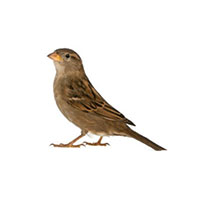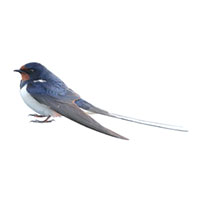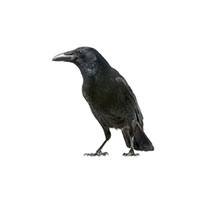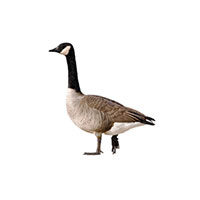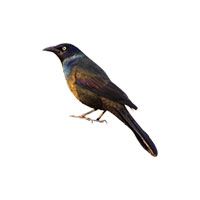Sparrows in Wisconsin
One of the most widespread and abundant songbirds in the world today, sparrows are opportunistic, aggressive, and persistent, and they’ll drive out and displace desirable native songbirds.
Sparrow Diet
They eat mostly seeds and a great majority of their diet is weed and grass seeds or waste grain. Sparrows will also eat some insects, especially in summer. In urban surroundings, they will scavenge crumbs of food left by humans.
Sparrow Habitat & Nesting
The male and female sparrows use grass, twigs, paper, garbage, and debris to weave into nests. These nests can be found in tree cavities, window sills, ledges, crevices, corners, beneath air conditioner window units, in chimneys, and just about any other place they can find the space. Nests are used year after year, resulting in a build-up of nest debris and insects associated with their nests.
Sparrow Mating & Life Cycle
In courtship, male displays by hopping near female with his tail raised, wings drooped, chest puffed out, bowing, and chirping. The breeding season runs through Spring and Summer and up to three broods of three to six greenish-white eggs may be laid in this time. A 10-14 day incubation period is done by both parents. The young, fed by both parents, leave the nest about two weeks after hatching. Sparrows live for four to seven years.
Sparrow Health Risks & Damage
Sparrows make their way into livestock food and water supplies, which contaminates both. The house sparrow is a significant pest to the food industry because of the risk of contamination from their droppings and the damage done to packaged goods. Both livestock and humans are in danger of contracting illnesses if they come into contact with sparrow droppings. Generally, the birds do not harm humans and are only considered a nuisance, but they may swoop to defend their offspring.
Nesting sparrows can be very noisy, especially since they strongly prefer to nest in or around buildings. Aside from the noise they make, their habit of packing nesting material in stove, dryer and fan vents and A/C and HVAC units create more serious problems. Dust, parasites, and other things that cause health problems can be sucked into structures and spread into the air. Additionally, they often carry ticks, mites, and other parasites that, given their nest-building habits, can transfer to people.
Sparrow Prevention & Control
Sparrow Prevention
Excluding house sparrows from building nests in places they are unwanted is the best approach to prevention. Install covers over vents and screening over louvers before birds find their way inside. House sparrows will help themselves to food and dropped crumbs found outdoors. Promptly cleaning up is the best way to discourage visits.
Sparrow Control
Bird Control Services provides customized solutions to address bird concerns through removal, exclusion, and deterrence. Factors that determine the best method of control include an area of application, bird species, location, access. Spikes, netting, and electrical deterrents are the most commonly used solutions.
If issues with sparrows arise, count on a professional pest management service to take care of the problem knowledgeably and successfully. Bird services are limited to commercial clients.
Need help with Sparrows?
We'll call you! Leave your information below.

